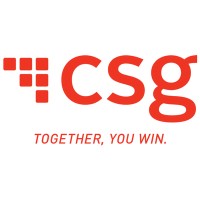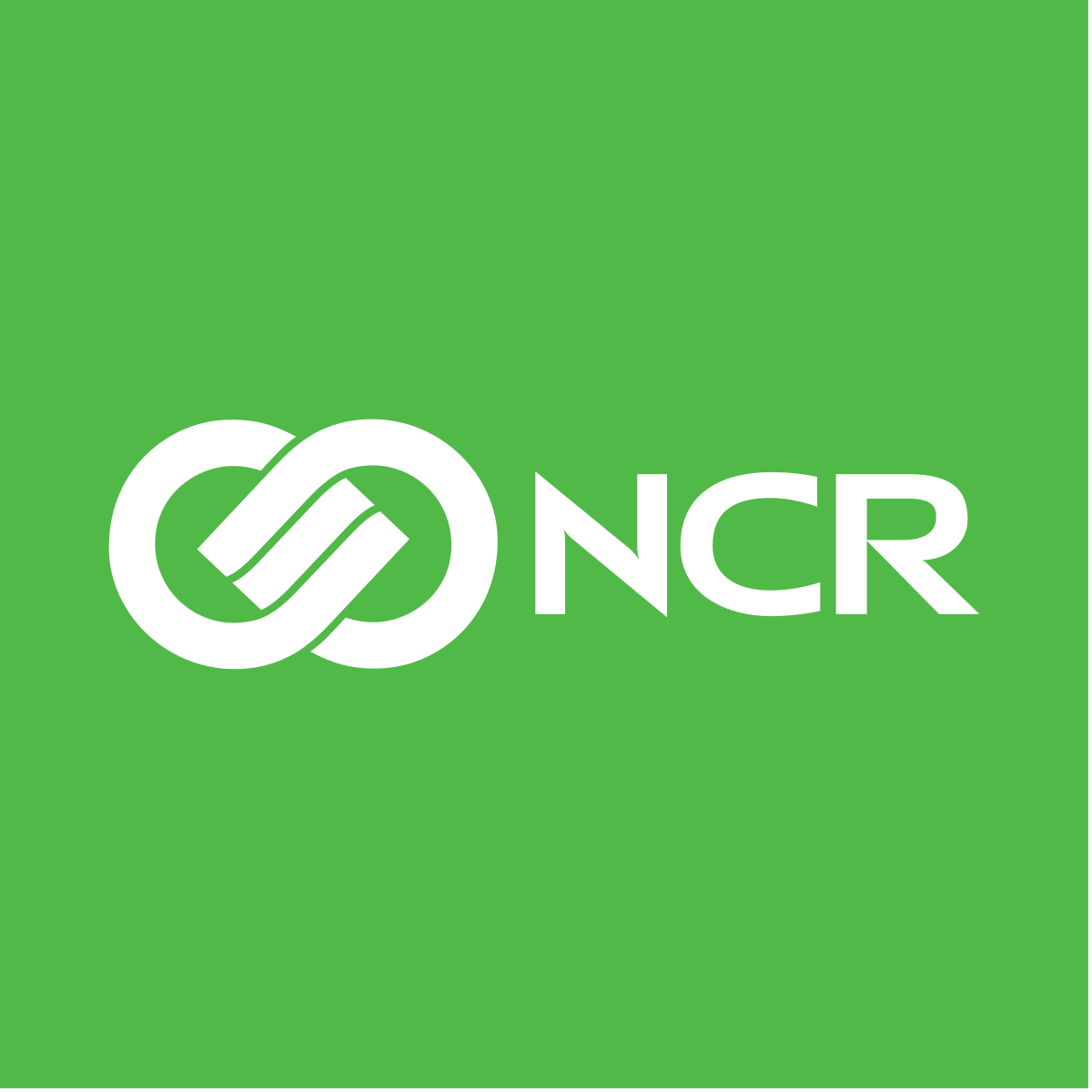In business, there can be a tendency to label, categorize, and then make corresponding assumptions. This is very reasonable. In order to organize, it’s necessary. One less than ideal aspect of this mentality is that certain responsibilities may be assumed to be mostly relevant to only one title, team, or department. With that sort of thinking, the concept of communication tends to be more associated with marketing or sales. But the need to communicate well cuts across every area of a company. To serve clients, it’s imperative. Clearly articulating shared goals between companies and their clients allow expectations to be set and then delivered.
Main Takeaways
- Remote Communication – Signal Versus Noise: Skyrocketing remote work has necessitated different styles of dialogue. For instance, it calls for more written channels on Slack or email, or more Zoom meetings. But management is necessary to make sure employees are using effective means to communicate that enable them to accomplish their tasks rather than getting bogged down in unnecessary and time-consuming mediums that don’t really further their specific work product.
- In-Person Meetings Still Matter: For all the positives in remote work and communication channels, there is still something that’s lost when people aren’t able to be with each other. Actually gathering together does help to connect team members. Properly managed hybrid models can create small teams that are able to leverage their in-person time as well as the remote tools that help to bind them together and get quality work done.
- How Open Should Channels Be?: With these new forms of remote communication, there is an even greater ability to have conversations between different teams at a company. This can be a double edged sword between the sales and developer teams. On one hand, communication can really help customers. On the other hand, there can come a point when a decision about a certain project must be made and further back and forth may not be as relevant at that point.
For a more in-depth look at this episode, check out the article below.
Article:
In business, there can be a tendency to label, categorize, and then make corresponding assumptions. This is very reasonable. In order to organize, it’s necessary. One less than ideal aspect of this mentality is that certain responsibilities may be assumed to be mostly relevant to only one title, team, or department. With that sort of thinking, the concept of communication tends to be more associated with marketing or sales. But the need to communicate well cuts across every area of a company. To serve clients, it’s imperative. Clearly articulating shared goals between companies and their clients allow expectations to be set and then delivered.
Even the most beautiful image can lose its luster by staring at it too long from the same perspective. It’s a matter of adjusting the view to take in the whole picture. The same is true when getting a handle on how a company operates and communicates. In taking a step back, it’s easier to assess the needs of the business and see where tweaks are needed.
On a recent episode of IT Visionaries, Eric Carrasquilla, the SVP and GM of Digital Engagement Solutions at CSG, and Tim Vanderham, the Chief Technology Officer and SVP of Software at NCR Corporation, discussed the power of communication to serve clients and employees too. They also took a nuanced view of how openness in communication in the remote workflow must be managed to create avenues of clear correspondence that move work projects forward efficiently.
Constructive experiences for consumers are created when a synergy between technical and human services is communicated at the right moment. If the moment isn’t in tune with the need, this won’t feel like effective communication at all for customers but rather some manner of disservice and will lead to flight.
“You can’t put the pin back in the churn grenade after it’s already gone off,” Carrasquilla said. “However, you can use things like a customer data platform or journey mapping and analytics to see what were all the things that led up to that point. Who’s a retention risk and why?”
Like most things in life, for customers and employees it’s a matter of timing. Both customers and employees need support when they need it. Retrospectives are helpful only if they are used to make adjustments for the future. Just as customers can make a choice to consume elsewhere, employees have agency to take their talents elsewhere. This is perhaps even more relevant with increased remote and hybrid work environments. Many companies have had to adapt.
“One piece that I think is working great [is] that companies are now looking at it and not even the most innovative ones, but everybody around, [and saying] ‘Hey, you know what, there’s probably a better way to do this,’” Carrasquilla said. “I think also a lot of the infrastructure and tools that may have been experimental for some innovative companies are now much more prevalent around.”
Carrasquilla also pointed out that physical meetings still have their place to help employees connect.
“I think for companies, what they’re still trying to get a better handle on is that physical interaction and that sense of comradery and the meeting in between the meeting,” Carraquilla said. “How do you go through and create those bonds? Doing that exclusively digitally, I’m not gonna lie, is a bit tough.”
Vanderham suggested that managing employees into teams allows employees to benefit by having a similarly-grouped experience, particularly to make in-person time meaningful.
“We’ve got 30,000 employees,” Vanderham said. “I don’t want 30,000 different hybrid work schedules. [We’re] trying to put them in a team structure so that they get the value and the benefit of if they’re in the office, their team is with them as well. They get that in-person interaction. They get that management, mentorship, coaching, et cetera. Then they can use all the collaboration tools…They can use all those collaboration tools when they’re in their hybrid, AKA at home, or a coffee shop, work model as well.”
Then it becomes a matter of using the right tools that help with workflow while managing what tools are used to assist communication between different teams at a company.
“In my leadership team [I] try to set some guidelines as to, ‘Hey, we’re on the engineering side,’ Vanderham said. “We don’t want to live in email. We’re living in our source code repository. We’re living in our site reliability engineering views. That’s what we do. We try to guide people towards using that in the collaboration tool and not email. Now, where we see the challenge at NCR is then the sale’s team or support organizations that use other sets of tools, how do you interlink those? We’ve had to create those integrations to make sure that people aren’t being lost in the fray of not being able to communicate because they use a different set of tools, but then how do we make those tools interact automatically through bots, through integrations, [and] through other means? That’s been one of the things that we’ve had to invest in so that we don’t have that lost chasm between my team and other teams.”
The openness and transparency of communication at companies can lead to some potential challenges too. For instance, there has to be a clear understanding as to when a certain decision has been made and when open communication is less helpful.
“There’s a point of time when the bar is open, [and] when you’re taking feature requests and the rest of it,” Carrasquilla said.”Then there’s a point in time when the bar is closed. When the bar is closed, you can hit me on Slack. You can hit me up face to face, whatever else. [But] it’s not going to happen or it’s very difficult to have it happen. And I think as long as a rep knows that, then they can go in with the deal and say, ‘Hey, here’s the time when I have the most valuable impact.’”
For Vanderham, he’d still err on the side of having as much communication with sales as possible.
“I would rather have them track us down [and] rather have them pass the monkey to make it my responsibility,” Vanderham said. “Because for too many years they just made [stuff] up on their own.”
Vanderham contends that as much communication as possible helps to mitigate customer dissatisfaction.
“It’s solving a problem with people taking creative liberty, overcommitting, and then us under delivering and upsetting customers,” Vanderham said. “Maybe I’m on the other side, but I think it’s really important for us to have that level of open transparency, because ultimately it’s going to help our customers in the long run.”
To hear more about how companies can communicate powerfully from two leaders from different areas of the c-suite, check out the full episode of IT Visionaries!
IT Visionaries is brought to you by the Salesforce Platform – the #1 cloud platform for digital transformation of every experience. Build connected experiences, empower every employee, and deliver continuous innovation – with the customer at the center of everything you do. Learn more at salesforce.com/platform






